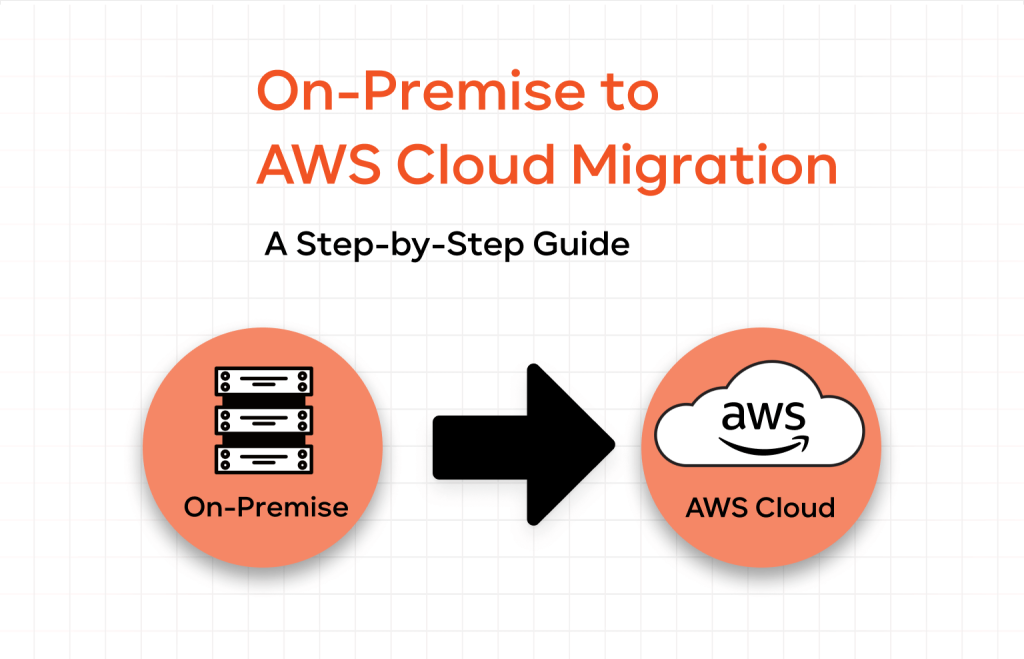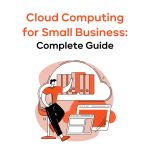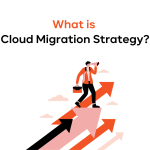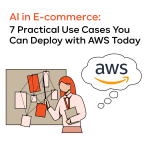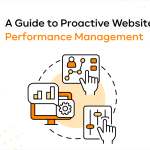Think about a time when your internal servers never slow down, your workloads scale on demand, and your teams move ideas to market faster than ever. That time often starts with on-premise to AWS cloud migration step by step. For many organizations, physical hardware and self-managed data centers are no longer the best path. Instead, they look to the cloud for flexible resources and predictable costs. In fact, Statista reports that cloud services remain on a steady rise, indicating how more businesses lean on providers like AWS to modernize.
Here’s the bottom line: migrating from a local data center to the AWS platform is not just about trying something new. It’s about reshaping how you approach security, your team collaborates, and your organization forges future-proof solutions. This article takes you through detailed steps, real-world examples, and best practices to ensure you make the most of this transformation. We’ll walk through why you should migrate, what challenges you may face, and a comprehensive method to guide you each step of the way.
Why migrate from on-premise to AWS?
Scalability
Many businesses choose the on-premise server to AWS cloud migration route to fix their scalability constraints. Local hardware often needs you to guess your peak usage, which can lead to two main problems. First, you might spend money on extra hardware that sits idle. Second, you risk running out of resources in times of growth.
- Elastic resource allocation: AWS Auto Scaling matches workloads to available resources in real time.
- No more hardware replacements: Say goodbye to the cycle of upgrading servers every few years.
Imagine a growing e-commerce store that might see traffic spike during sales. In a local setup, they’d have to buy and maintain extra hardware for those bursts. If they migrate to AWS, they can scale up at the moment of need and scale back down right after. This ensures they pay only for what they actually use.
Cost efficiency
Running an on-prem data center isn’t cheap. Apart from buying servers, you must also think about climate control, facility rent, electricity, and local staffing. With AWS, you pay for resources under a pay-as-you-go model.
- Optimized budgets: You see direct cost savings on hardware, cooling, and maintenance.
- Fine-grained cost analysis: AWS tools let you see where each dollar goes, which drives accountability.
- Lower overhead for testing: Spinning up test environments for short projects can be done in minutes.
Enhanced collaboration
In many businesses, collaboration is essential. With AWS, teams from different regions can work on the same project in real time. They connect to a centralized cloud environment rather than hosting everything on a local network or emailing files back and forth.
- Centralized workflows: All code, data, and resources exist in one environment.
- Less friction: Developers, QAs, and managers can monitor dashboards, track changes, and issue updates without leaving the platform.
- Faster iteration cycles: Quick feedback loops mean new features reach customers sooner.
Can you imagine a software development team sharing massive files via email or external hard drives? Sounds complicated. If they store everything in the cloud, they see who changed what and when, while ensuring version control stays consistent.
Improved security
Some organizations hesitate to use external servers. They wonder if they’ll lose control or face bigger risks. The truth is that a provider like AWS invests huge amounts of money in security—often more than most businesses can afford on their own.
- Encryption: Tools like AWS Key Management Service keep your data safe in transit and at rest.
- Compliance: AWS supports standards like HIPAA and PCI DSS, making it easier to meet industry regulations.
- Fine-grained access control: Services like AWS IAM let you identify user roles and restrict privileges.
Challenges of on-premise to cloud migration
Despite the advantages of on-premise to AWS cloud migration, it’s not a simple plug-and-play process. Certain hurdles pop up along the way.
Data security concerns
Some organizations may feel uneasy when placing critical data in an off-site environment. Laws like GDPR or sector-specific rules (e.g., in finance or healthcare) add complexities. AWS can handle these, but you need planning to keep data safe.
- Regulatory overlap: You might operate in multiple jurisdictions with different compliance demands.
- Vigilant monitoring: Use AWS CloudTrail to track every log-in, upload, or change in your environment.
- Encryption best practices: Always protect data at rest and in motion.
Downtime risks
Any migration can cause service interruptions. These outages, if long, may push customers away or halt critical operations. Careful planning, load balancing, and pilot migrations help reduce risk.
- Cloned test environments: Setting up a test environment mirrors your production system, letting you check for issues before going live.
- Scheduled migrations: Move workloads during weekends or off-peak hours to lower impact.
- Rollback plans: Keep a last-known-good configuration ready if something goes wrong.
Integration issues
Some on-prem systems don’t “speak AWS” right away. For instance, proprietary databases or specialized hardware can complicate the move.
- Legacy software: Check if your apps rely on outdated libraries or systems that AWS might not support directly.
- Compatible bridging: Tools like AWS Direct Connect help create stable, low-latency links between local sites and the cloud.
User training needs
A shift to AWS means new ways of doing tasks. Familiar roles, like system admins, might need new skill sets, such as understanding AWS Identity and Access Management (IAM) or managing virtual machines in Amazon EC2.
- Hands-on labs: Provide staff with sandbox accounts to learn the basics without risking production data.
- Role-based training: Security officers, developers, and management each need targeted lessons.
- Regular knowledge checks: Keep track of learning progress and address skill gaps.
_______________________________________________________________________
Looking for experts to guide your on-premise to AWS migration?
IT-Magic’s AWS migration services can help you plan, execute, and optimize the entire transition. Reduce risks and focus on your business objectives with our expert approach.
_______________________________________________________________________
Step-by-step migration process
A methodical approach to on-prem to AWS migration helps you avoid chaos. Below is a blueprint with five AWS cloud migration steps.
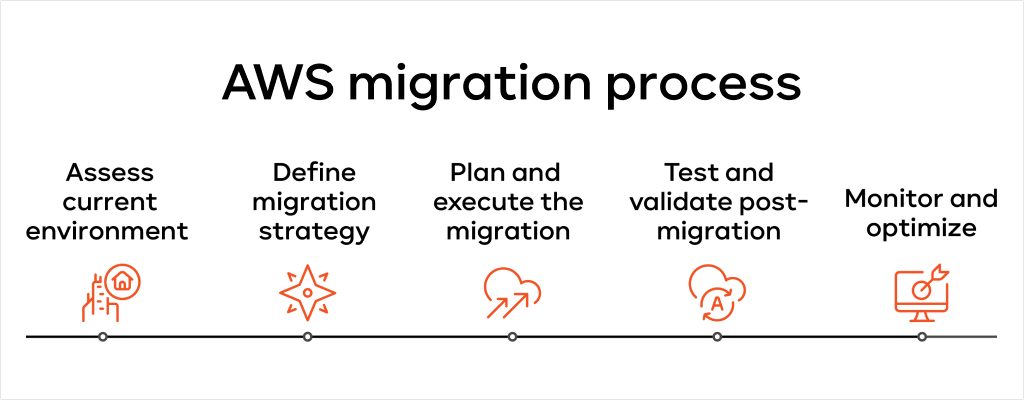
Assess your current environment
Before anything else, identify exactly what you have. Building a complete map of workloads, data sets, and dependencies is crucial.
- Application profiling: Note memory use, CPU load, and latency needs.
- Data classification: Sort info into categories like “highly sensitive” or “archival.”
- Dependency mapping: Document how systems talk to each other so you can figure out a proper migration order.
Practical tip: Many organizations find they have outdated servers or seldom-used apps during this audit. Retire what’s unnecessary to simplify the migration.
Define your migration strategy
How to migrate on-premise server to AWS depends on whether you choose to rehost, refactor, or rebuild. Some systems will be a quick lift-and-shift, while others need deeper changes.
- Rehosting (lift and shift): Move apps as-is. Fast, but it might not leverage full AWS perks.
- Refactoring: Adjust your code to use AWS-specific features, like Amazon RDS or AWS Lambda.
- Rebuilding: Create cloud-native apps from scratch, ideal if your old system is too rigid.
Key advice: Mix and match. You might rehost some apps first, then refactor them later. Meanwhile, you might rebuild a separate legacy app that no longer meets current needs.
Plan and execute the migration
A successful on-premise to AWS cloud migration needs a timeline and assigned roles. Break the project into phases so you don’t move everything at once.
- Timeline creation: Outline tasks, dependencies, and who is in charge.
- AWS environment prep: Configure your Virtual Private Cloud (VPC), subnets, and IAM policies.
- Pilot groups: Migrate a small, non-critical workload first to test the process and refine methods.
- Full rollout: Move heavier workloads in waves, ensuring each one is stable before moving to the next.
Test and validate post-migration
After moving any workload, confirm everything runs as intended. Check performance metrics, test for data consistency, and ensure no internal or external integrations fail.
- Load testing: Run high-traffic simulations to see if new cloud instances scale.
- Security checks: Scan for open ports or improper IAM permissions.
- Functional validation: Confirm user logins, database queries, and application workflows match or exceed old performance.
- Disaster recovery: Test backups and failover processes to ensure you can restore data quickly.
Monitor and optimize
Once you finish the initial migration, continuous observation is vital. Over-provisioning or misconfiguring resources can drive costs up. Under-provisioning can hamper performance.
- AWS CloudWatch: Track CPU, memory, and disk usage.
- AWS Trusted Advisor: Get real-time tips on cost savings, security, and performance improvements.
- Regular reviews: Evaluate instance sizes and storage classes to align with your real usage patterns.
Checklist reminder: Keep a post-launch watch period of at least a few weeks for any new or hidden issues. Address them early to avoid bigger problems down the road.
Migration strategies for AWS
When moving from on-premise to AWS cloud migration, consider these four main approaches. You may end up combining a few.
Lift and shift (rehosting)
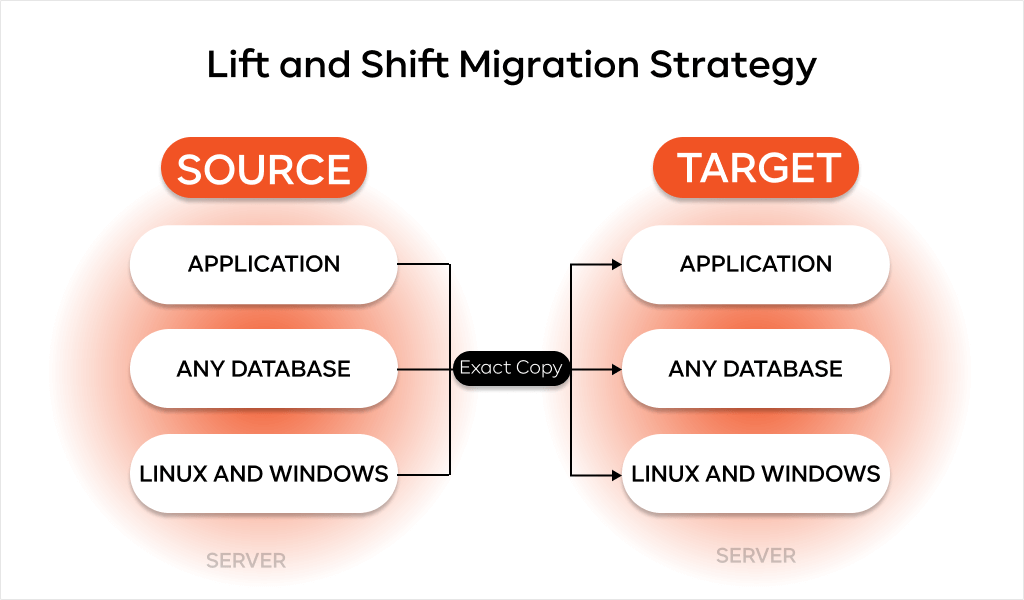
Transfer your application to AWS with minimal or no code changes. This speeds up the process but might leave some optimization opportunities on the table. It’s usually the first step for businesses new to cloud computing who want a fast win.
When to use:
- Apps already in virtualized environments.
- Strict deadlines that don’t allow major code changes.
- Urgent data center closure or hardware retirement.
Refactoring
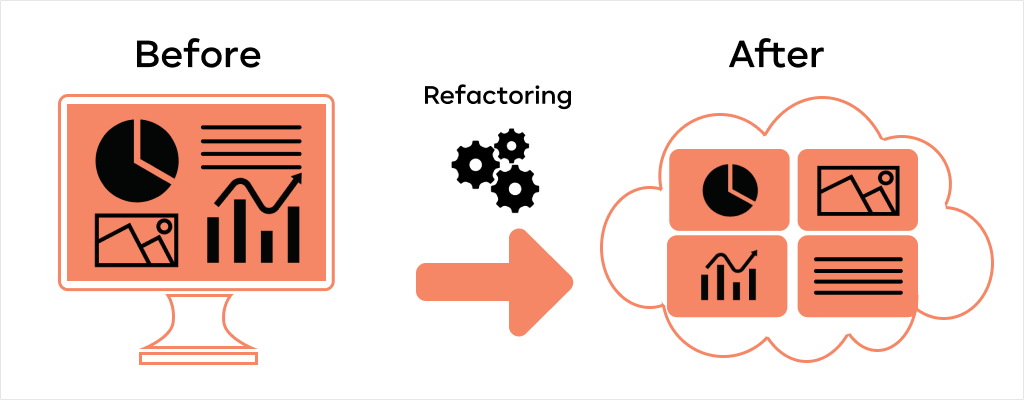
If your goal is to use advanced AWS services like Amazon RDS, S3, or containerization with ECS, consider refactoring. It might involve changing how your app is coded or how data is stored.
Advantages:
- Better performance through cloud-native designs.
- Potential cost savings from managed services.
- Greater agility in deploying new features.
Rebuilding
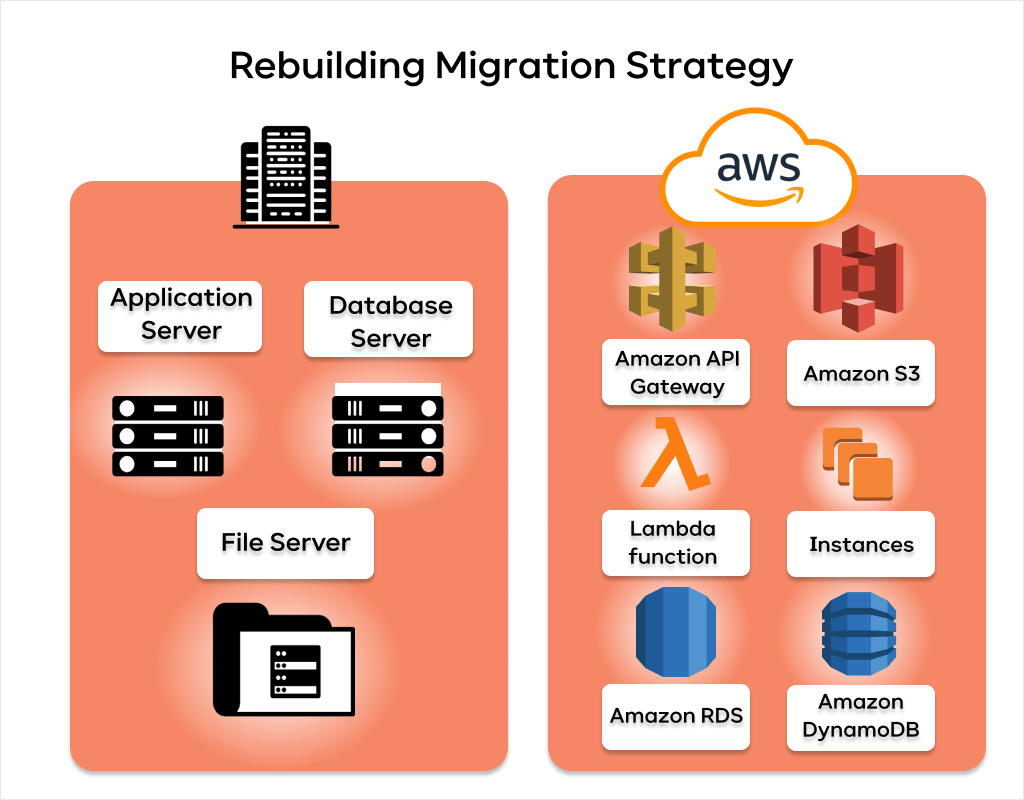
Some legacy systems are too outdated to benefit from partial adjustments. In such cases, building new apps specifically for AWS can yield a more scalable and maintainable platform.
Typical scenario:
- Legacy mainframe or monolithic architectures.
- Need for microservices to speed up updates and features.
- High overhead in maintaining older code.
Hybrid cloud
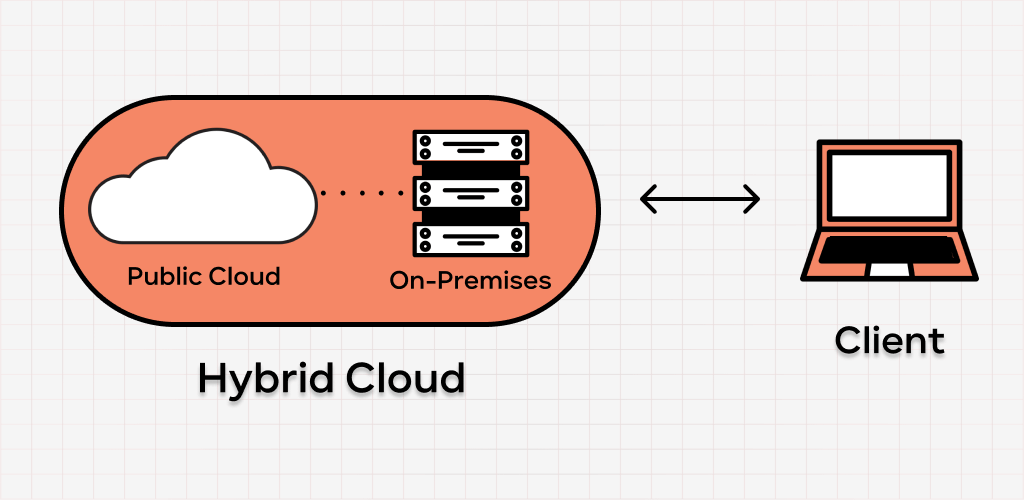
A partial move lets you use both on-prem hardware and AWS resources together. This approach works if you need specific data on local servers due to compliance or performance reasons, while still enjoying the cloud for other tasks.
Hybrid tactics:
- Use AWS Direct Connect for a dedicated network link.
- Keep compliance-heavy data on-prem while serving front-end apps from AWS.
Best practices for a smooth migration
Engage stakeholders early
Whether it’s executive leadership or your front-line staff, gather everyone’s input before starting the on-prem to cloud migration AWS journey. Early buy-in reduces resistance and clarifies each stakeholder’s role.
- Management alignment: Show cost benefits and new revenue possibilities.
- Technical alignment: DevOps, sysadmins, and security leads must discuss architecture needs.
- End-user alignment: Train or inform employees who’ll be affected by new workflows.
Ensure data integrity and security
Before you do data migration from on-premise to AWS, encrypt everything. Also, define strict IAM roles for your users, so they only have access to the minimum required resources.
- Network-level encryption: Set up site-to-site VPN or AWS Direct Connect for added security.
- Logging and auditing: Use AWS CloudTrail to track user actions and resource changes.
- Backup: Schedule backups and store them in multiple AWS Regions for redundancy.
Utilize AWS migration tools
AWS migration steps can be more efficient with the right tools. AWS Migration Hub centralizes your progress data, while AWS Database Migration Service helps replicate data without long downtime.
- Migration Hub: Tracks the status of each migrating resource in one dashboard.
- AWS Snowball: Speeds up large data transfers that might otherwise take too long over network links.
- Schema Conversion Tool: Helps adapt an existing database schema to a new format on AWS.
Create a detailed communication plan
Migration can involve many teams—developers, IT support, project managers, QA testers, and more. Good communication is crucial.
- Status updates: Send weekly or monthly updates to all parties.
- Open channels: Use Slack or Microsoft Teams for real-time questions.
- Escalation: Define who to contact if major problems pop up during any migration phase.
Continuous post-migration support
After you migrate your apps, keep watch. Cloud operations differ from on-prem, so staff might face new questions or new tasks.
- Maintenance: Apply patches to both your AWS environment and your app code.
- Monitoring: Set up alarms in CloudWatch for resource spikes or suspicious activity.
- Regular audits: Check if your provisioning matches actual usage to prevent cost creep.
Common pitfalls of on-prem to AWS migration and how to avoid them
Even well-planned data migration from on-premise to AWS can run into snags. Below are frequent pitfalls and how to dodge them.
Ignoring governance
Pitfall: Teams spin up resources at will, leading to “cloud sprawl.”
Fix: Enforce IAM roles and budget alerts. Regularly check active instances, volumes, and load balancers.
Skipping testing
Pitfall: Incomplete load or functional testing, which leads to issues in production.
Fix: Clone production environments and run realistic stress tests.
Underestimating training needs
Pitfall: Failing to prepare staff for AWS. The result is misconfigurations and frustration.
Fix: Set aside formal training sessions. Use hands-on labs in a sandbox environment.
No clear migration phases
Pitfall: Trying to move everything at once. This can overwhelm teams and hamper operations.
Fix: Phase your migration by department, function, or risk level.
Neglecting application dependencies
Pitfall: Migrating an app that relies on another system still sitting on-prem. This can break the app.
Fix: Document each dependency chain thoroughly. Migrate related systems together or update configurations.
On-premise to AWS migration checklist
Organizing your on-premise to AWS migration with a clear checklist makes it easier to track tasks. Below is a table you can adapt to your situation.
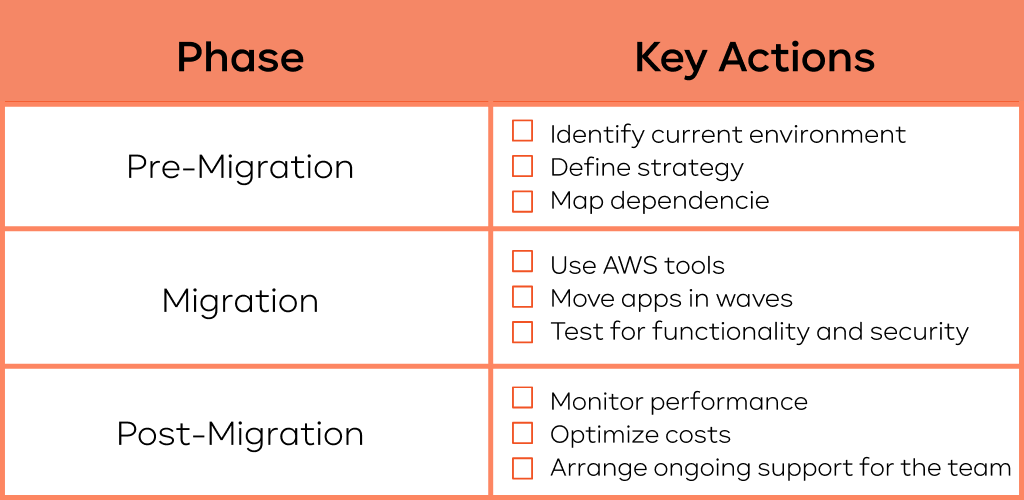
For an in-depth roadmap, you can also create sub-checklists. For example, a database migration checklist might break down tasks like data validation, patching versions, and connection tests. An application server checklist might focus on load balancing or DNS changes.
Below are extended breakdowns to help you visualize how to carry out different phases of on-premise to AWS cloud migration. These include deeper steps often skipped in basic guides.
Here is an example of what a pre-migration technical inventory may look like:
| Item | Purpose | Status | Next Steps |
| Server 1 (Finance app) | Hosts transaction processes | In full use | Test migration in sandbox, verify compliance needs |
| Server 2 (Email service) | Company-wide email server | Partially used | Evaluate if refactoring is possible |
| Server 3 (Archival) | Data backup for old records | Rarely accessed | Migrate to Amazon S3 Glacier to cut costs |
| Database (On-prem SQL) | Stores employee and product data | High load daily | Consider rehosting or using Amazon RDS |
The table below is a visualization of a phased migration process. Of course, details and timelines differ in every particular case but this should help you understand the structure.
| Phase | Tasks | Timeframe | Responsible Team |
| Assessment | Inventory, classify data, define strategy | Weeks 1-2 | IT & SysAdmins |
| Pilot move | Migrate a non-critical app, run load tests | Weeks 3-4 | DevOps |
| Major apps | Shift finance and email servers, test failover plans | Weeks 5-8 | All IT Teams |
| Database | Move main SQL to Amazon RDS, refactor queries | Weeks 9-10 | Cloud Engineers |
| Optimization | Tune resources, set cost alerts, finalize security checks | Weeks 11-12 | Cloud Engineers |
* Pro tip: Include buffer time in each phase for unforeseen hurdles. If your pilot exposes critical issues, fix them before moving on.
Of course, your journey doesn’t end after you shift from on-prem to AWS. In fact, many organizations find they can still improve once the dust settles.
Let’s list a few possible post-migration optimization tactics:
- Fine-tune auto scaling: Experiment with scaling thresholds. If you scale too late, user experience may degrade. If you scale too soon, you might pay more.
- Use AWS Cost Explorer: Spot usage spikes, idle instances, or underused storage.
- Embrace Automation: Leverage AWS Lambda to handle tasks like data updates, image resizing, or backup scheduling.
- Consider Spot Instances: If your workload is flexible, Spot Instances can slash your EC2 costs.
- Implement tagging policies: Label resources by department or project to track spending and usage easily.
How IT-Magic can help with on-premises to AWS cloud migration
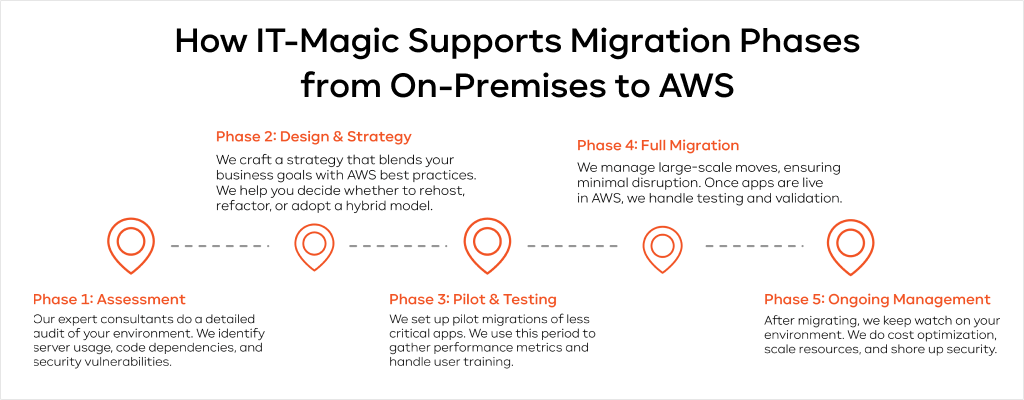
Expert consultation
One size does not fit all. Our expert consultants assess your unique environment, identify the best approach, and design a plan that saves money and time. Whether you rehost, refactor, or rebuild, we aim to optimize your migration path.
This is how we do it:
- Data-driven roadmap: We run a thorough discovery process to find your bottlenecks.
- Customized solutions: Some apps might be easier to move than others. We’ll propose the best method.
Implementation
Carrying out application migration from on-premise to AWS cloud is a big undertaking. Our engineers have direct experience in setting up AWS environments for businesses in retail, tech, healthcare, and more.
We offer:
- Hands-on approach: We handle VPC configurations, security settings, and instance provisioning.
- Collaboration: Your internal teams stay in the loop. We work as an extension of your staff rather than an outside vendor.
Ongoing management
Migrating is just the first phase. After that, you need to run, monitor, and optimize your AWS resources. We help you manage everything from routine patches to advanced performance tuning.
Our team can provide infrastructure support services that include but are not limited to:
- Regular audits: We ensure your spending aligns with actual usage and that no resource is over-allocated.
- Security updates: We apply the latest patches, watch for new threats, and maintain compliance standards.
- Scaling strategies: During peak seasons, we adjust your resources in real time to maintain user satisfaction.
Conclusion
Shifting from physical servers to AWS is more than a technical task. It’s about reimagining how your organization handles growth, security, and collaboration. As Gartner points out, cloud adoption is a top driver of digital transformation. By tapping into AWS’s vast ecosystem of tools and services, your team gains the flexibility to innovate while letting you keep a tight rein on costs and compliance.
Walk away with this: a thorough and well-managed on-premise to AWS cloud migration step by step can reshape how your organization competes in an ever-evolving market. Plan your route, stay agile, and enjoy the benefit of a future-ready infrastructure.
Ready to migrate applications to AWS and unlock new levels of efficiency?
Get an end-to-end solution from IT-Magic. We’ll help shape a strategic plan, handle the technical complexities, and fine-tune your post-migration environment.
